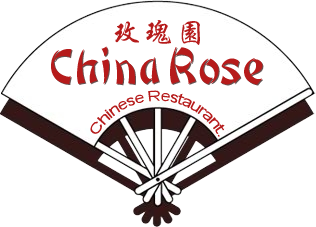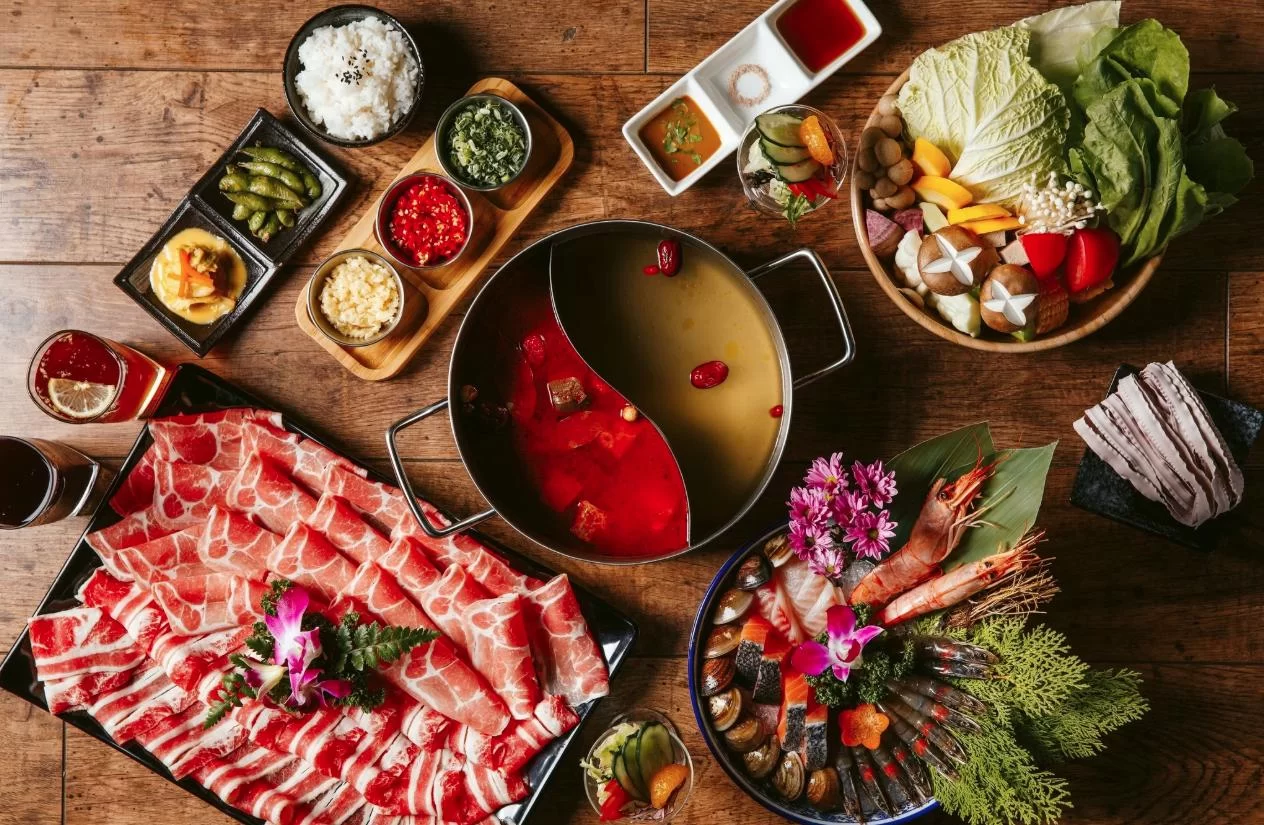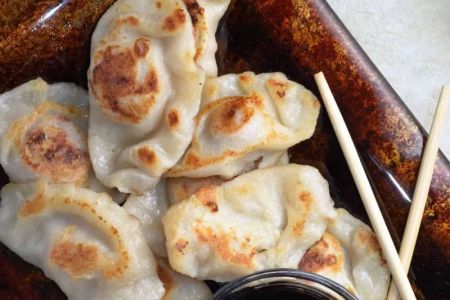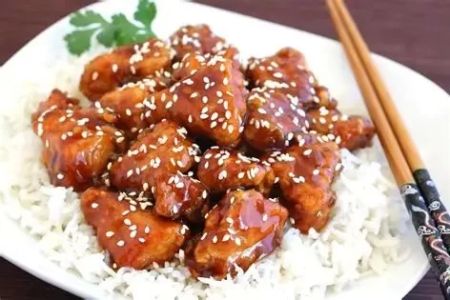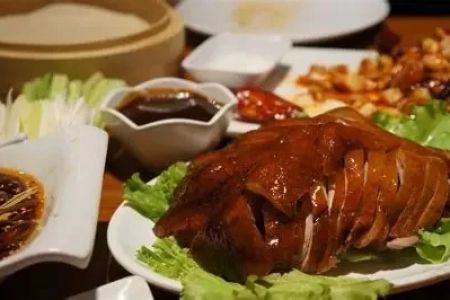- 1 - Understanding the Role of Meat Cuts in Chinese Cuisine
- 2 - Best Meat Cuts for Stir-Frying
- 3 - Best Meat Cuts for Braising
- 4 - Regional Preferences and Cooking Styles
- 5 - Real Stories of Cooking with Traditional Meat Cuts
- 6 - How Chinese Food Brings Authentic Cooking to Your Table
1. Understanding the Role of Meat Cuts in Chinese Cuisine
In Chinese cuisine, the choice of meat cut is just as important as the spices and sauces used. Unlike Western cooking, which often emphasizes large roasts or steaks, Chinese cooking focuses on how thin slices, cubes, or chunks of meat absorb flavors during quick stir-frying or slow braising. The right cut ensures tenderness, depth of flavor, and balance in every dish.
2. Best Meat Cuts for Stir-Frying
Beef
For stir-frying, cuts like flank steak or sirloin tip are most commonly used. These cuts slice thinly against the grain, ensuring tenderness even when cooked quickly at high heat. A simple beef and broccoli stir-fry can become exceptional when the beef is properly marinated and seared in seconds.
Pork
Pork tenderloin is the favorite for stir-fried dishes such as sweet and sour pork or shredded pork with garlic sauce. Its mild flavor absorbs marinades beautifully, and its lean texture stays tender with fast cooking.
Chicken
Boneless chicken thighs are often chosen over breast meat for stir-frying. Thigh meat stays juicy and flavorful under high heat, making it perfect for dishes like kung pao chicken.
3. Best Meat Cuts for Braising
Beef
Beef brisket and short ribs are top choices for slow braising in soy sauce-based broths. Their connective tissues break down during long cooking, creating a rich, silky texture. Dishes like Chinese red-braised beef are built around these cuts.
Pork
Pork belly is the crown jewel for braised dishes. Its alternating layers of fat and lean meat create a melt-in-your-mouth experience. Famous dishes such as hong shao rou (red-braised pork) showcase how this cut transforms under slow cooking.
Chicken
Whole chicken legs or wings are often simmered in aromatic broths. Their skin and bones add layers of flavor that breast meat cannot replicate, making them essential for comforting family-style braised meals.
4. Regional Preferences and Cooking Styles
Different Chinese regions favor different cuts. In Sichuan, where spicy stir-fries dominate, leaner cuts that absorb chili and peppercorn flavors are popular. In Shanghai, braised pork belly reigns supreme, cooked with soy sauce and sugar for a sweet-savory balance. Cantonese cuisine highlights freshness, often using tenderloin and quick stir-frying to preserve the natural taste of the meat.
5. Real Stories of Cooking with Traditional Meat Cuts
One family in Guangzhou recalls how every Lunar New Year, their grandmother insisted on using pork belly for red-braised dishes. She explained that the alternating layers symbolized prosperity. Another home cook in Beijing shared how flank steak was the only cut her father used for stir-fried beef with scallions, because it was both affordable and flavorful. These traditions show how meat cuts connect food with culture and heritage.
6. How Chinese Food Brings Authentic Cooking to Your Table
At Chinese Food, authenticity is more than just a recipe—it’s about preserving the art of choosing the right cut for the right cooking method. Whether preparing a quick stir-fry or a slow braise, understanding the role of different meat cuts helps create dishes that are both flavorful and true to tradition.
With the right knowledge and ingredients, anyone can recreate the comforting, flavorful meals that have been part of Chinese kitchens for generations.
